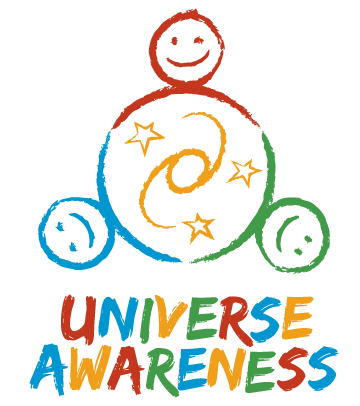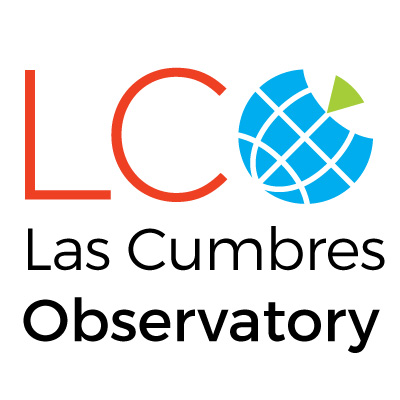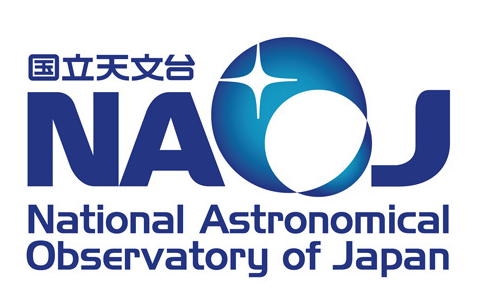To stay in space (and not crash land on the Earth), a satellite usually needs to travel at more than 28,000 kilometres an hour.

Snapchat, Instagram, Vine Camera – anyone with a smartphone can be a photographer these days. But this photograph taken in the 1960s is still one of the most famous and breathtaking images of all time.
The first deep space astronauts snapped this photo showing Earth rising over the moon’s horizon. It captured the imaginations of people across the world, showing us just how small and special our planet is.
Today astronauts aboard the International Space Station have to learn photography as part of their training. They spend a lot of their free time to taking pictures of Earth from their viewpoint 400 kilometres above us.
But astronauts are not the only ones with their eyes on Earth. Satellites flying hundreds of kilometres above our heads have been photographing our planet longer than astronauts.
Satellites are decked out with high-tech cameras and instruments which they use to track how our planet changes. This allows them to carry out all sorts of important tasks. They measure pollution in the air, map the disappearing rainforests and record the amount of ice melting off of glaciers.
During natural disasters, like the devastating hurricanes that struck the Americas this month, satellites and astronauts work together to help the people affected.
Weather satellites track the hurricanes’ paths, so local authorities can decide whether they need to start evacuating people. Meanwhile, photographs taken by astronauts can actually help work out the strength of the storm.
So, do satellites or astronauts take better photos?
As well as being inspiring, satellite images provide important science. But astronauts floating about weightless in space will always win our attention.
From their place high above the ground, both astronauts and satellites can see how fragile our planet is. Their pictures remind us how important it is to take care of each other and our small blue world as it floats endlessly through space.



















